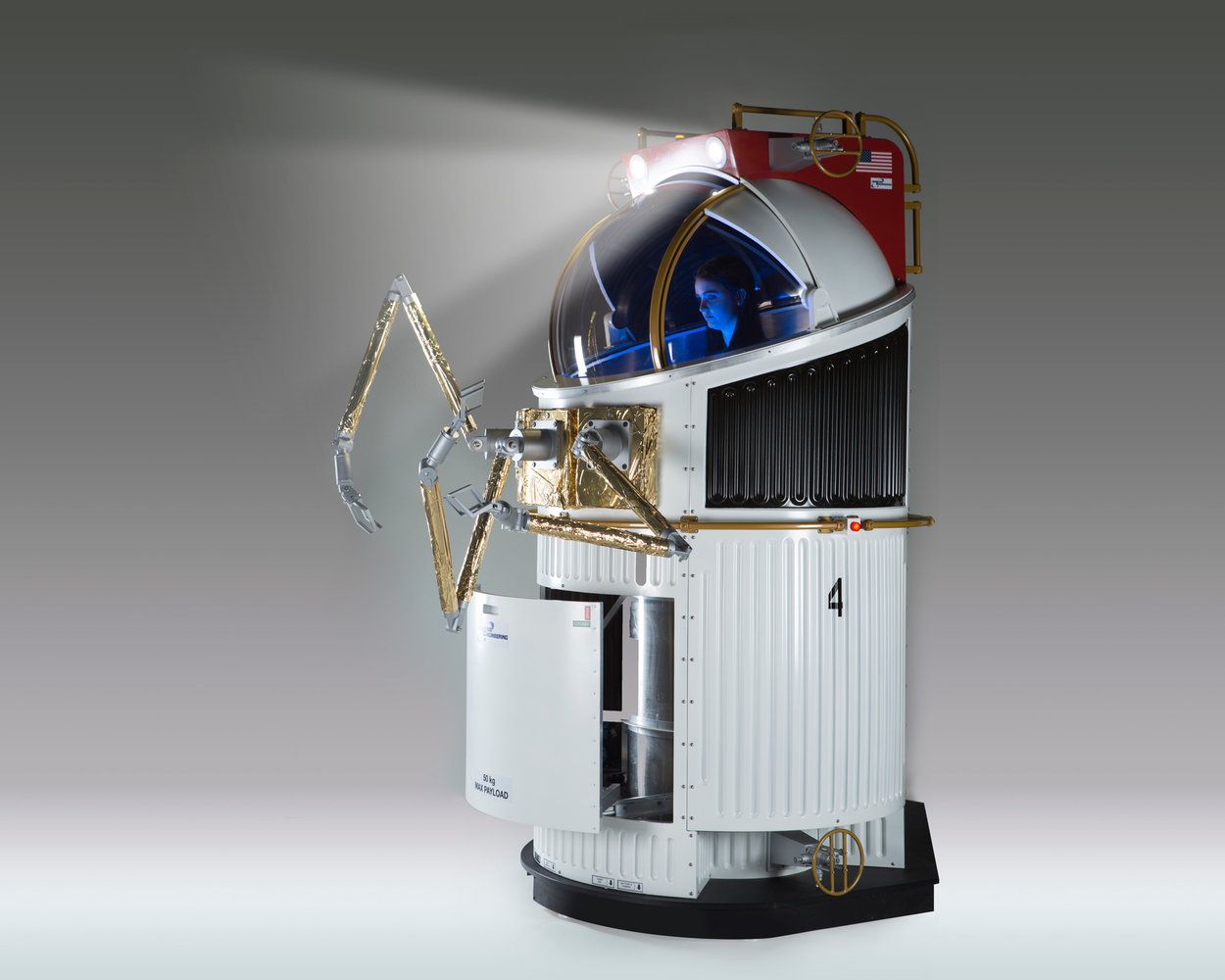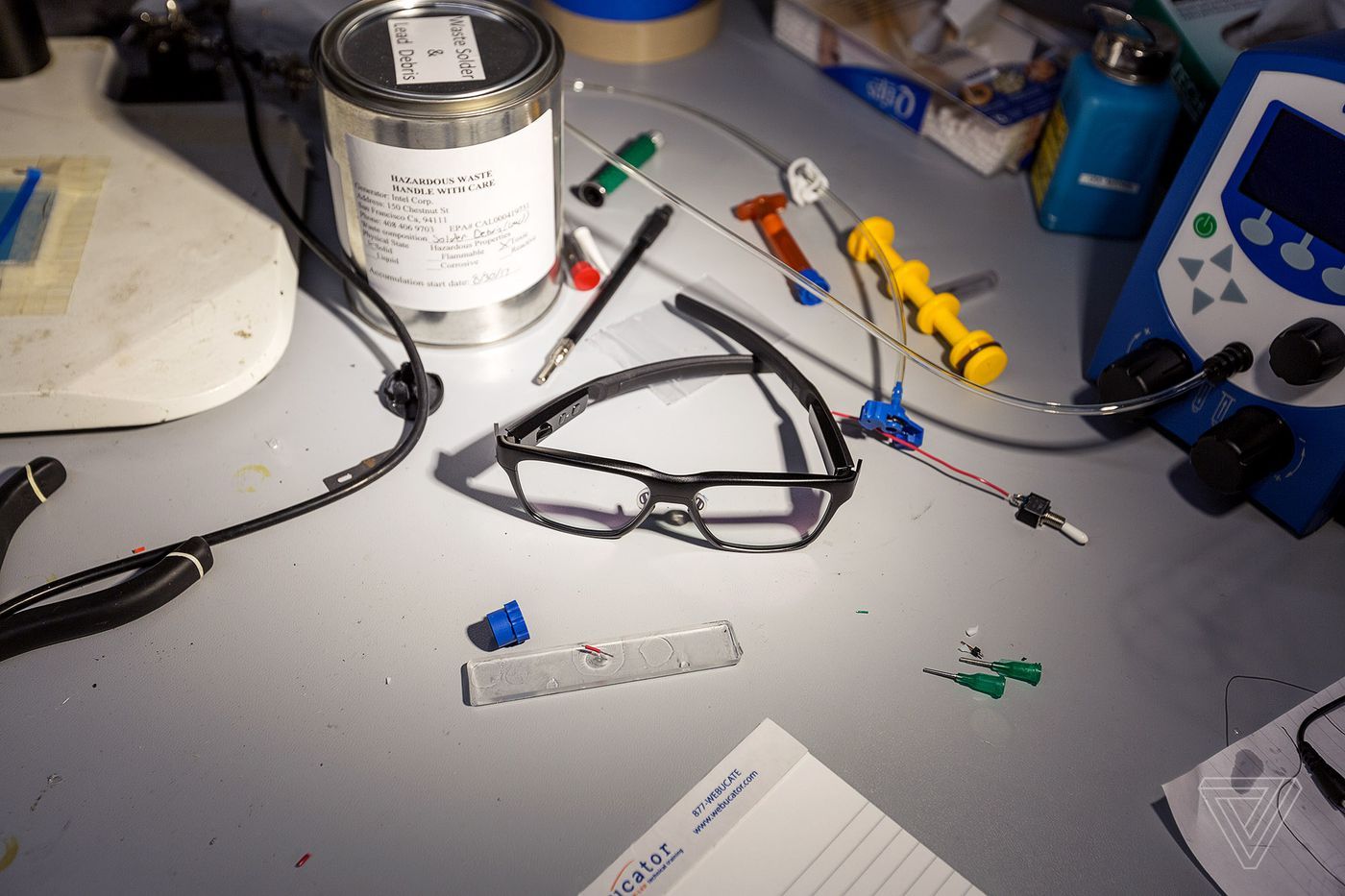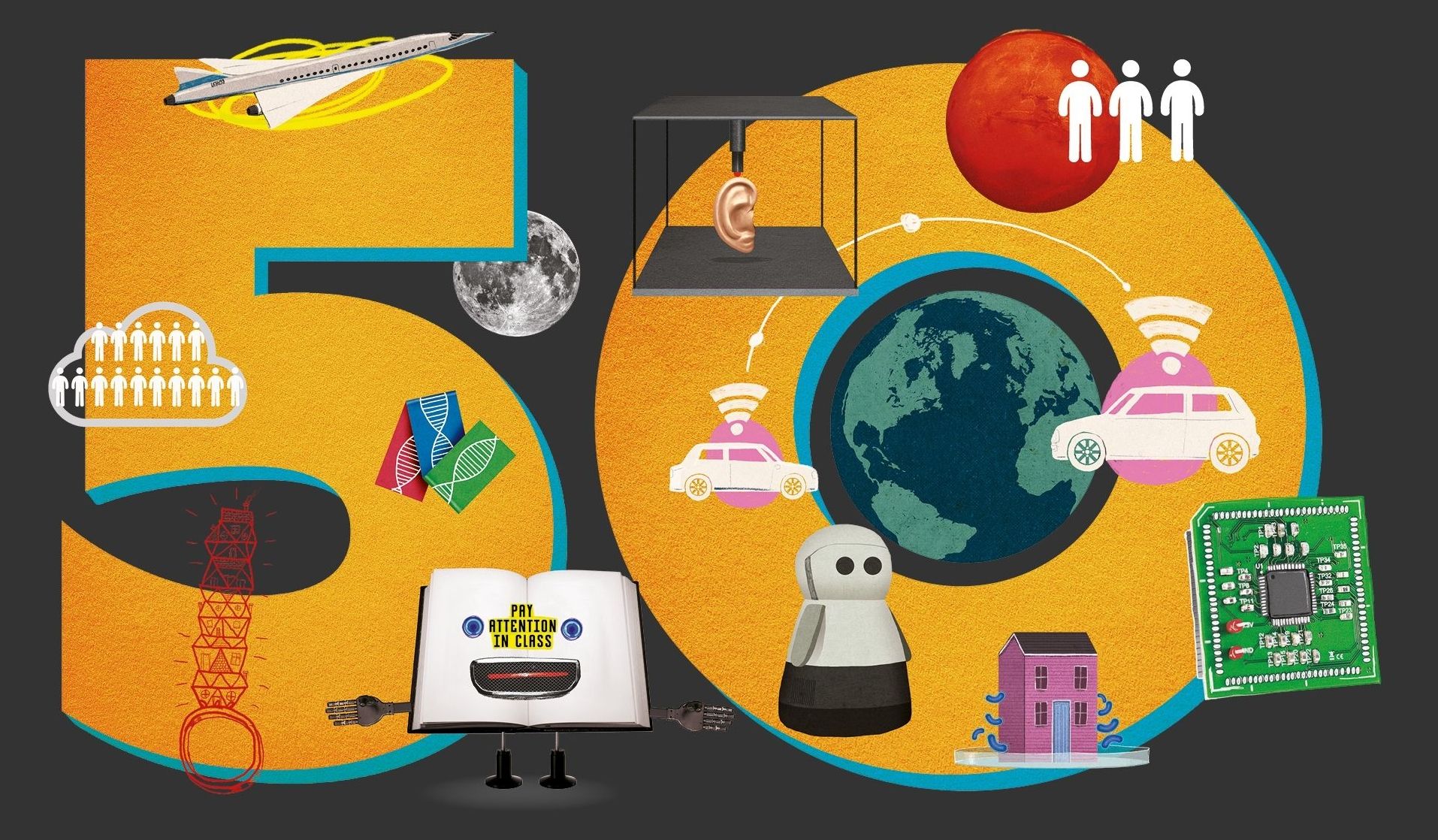Superstrong diamond glass is being tested even as you read this.



It takes an immense amount of processing power to create and operate the “AI” features we all use so often, from playlist generation to voice recognition. Lightmatter is a startup that is looking to change the way all that computation is done — and not in a small way. The company makes photonic chips that essentially perform calculations at the speed of light, leaving transistors in the dust. It just closed an $11 million Series A.
The claim may sound grandiose, but the team and the tech definitely check out. Nick Harris, Lightmatter’s CEO, wrote his thesis on this stuff at MIT, and has published in major journals like Nature Photonics several papers showing the feasibility of the photonic computing architecture.
So what exactly does Lightmatter’s hardware do?


When we talk about life extension, we mean people living much longer than they do now, and, more importantly, people who are healthier for longer. For example, we mean being 120 with the health of a 30-year-old. Hang on, though—hasn’t a person who is 120 years old already more than lived their life? Hasn’t that person’s time more than come?
News flash: you haven’t lived your life until you’re dead, and even then, you might not necessarily have crossed off all the items on your list. So, no, there is no such thing as an age when you have, by definition, “already lived your life”—not 80, 90, 100, nor any other. What people actually mean when they say that someone has “already lived their life” is that, in their opinion, that person has lived long enough, and thus he or she might as well, and perhaps even should, die.
People who, for one reason or another, fear a world without aging tend to say things like that. Personally, I am much more afraid of a world where other people get to tell you when your life has been long enough, and, consequently, I tend to say that the only one who should have the right to decide when you’ve lived long enough, if ever, is you—not other people, not nature, not an imaginary greater good. You.

“Ampere, a new chip company run by former Intel president Renee James, came out of stealth today with a brand-new highly efficient Arm-based server chip targeted at hyperscale data centers.”
“Eventually, as the kinks are worked out, quantum machines will have a wide impact from scientific research to business. But there’s another area that could benefit from their problem-solving prowess too: Social impact.”


A simple technique to measure the amount of amyloid beta in the brain could improve diagnosis and drug trials for Alzheimer’s disease, according to the results of new research.
A simple blood test
Japanese researchers led by Dr. Katsuhiko Yanagisawa have published a new study suggesting that a screening test could help to boost the success rate of Alzheimer’s drug research. The research team has shown that a simple blood test can accurately measure the amount of amyloid beta, a protein that appears in the early stages of Alzheimer’s disease.

The FT has enlisted the help of readers, researchers and entrepreneurs to find 50 new ideas that will shape the world in the future.
The first 30 ideas have addressed the challenges of a growing world population, resource scarcity and looked at new ways to handle information and education. The next tranche of ideas, on healthcare, will be published on 5 March 2018.